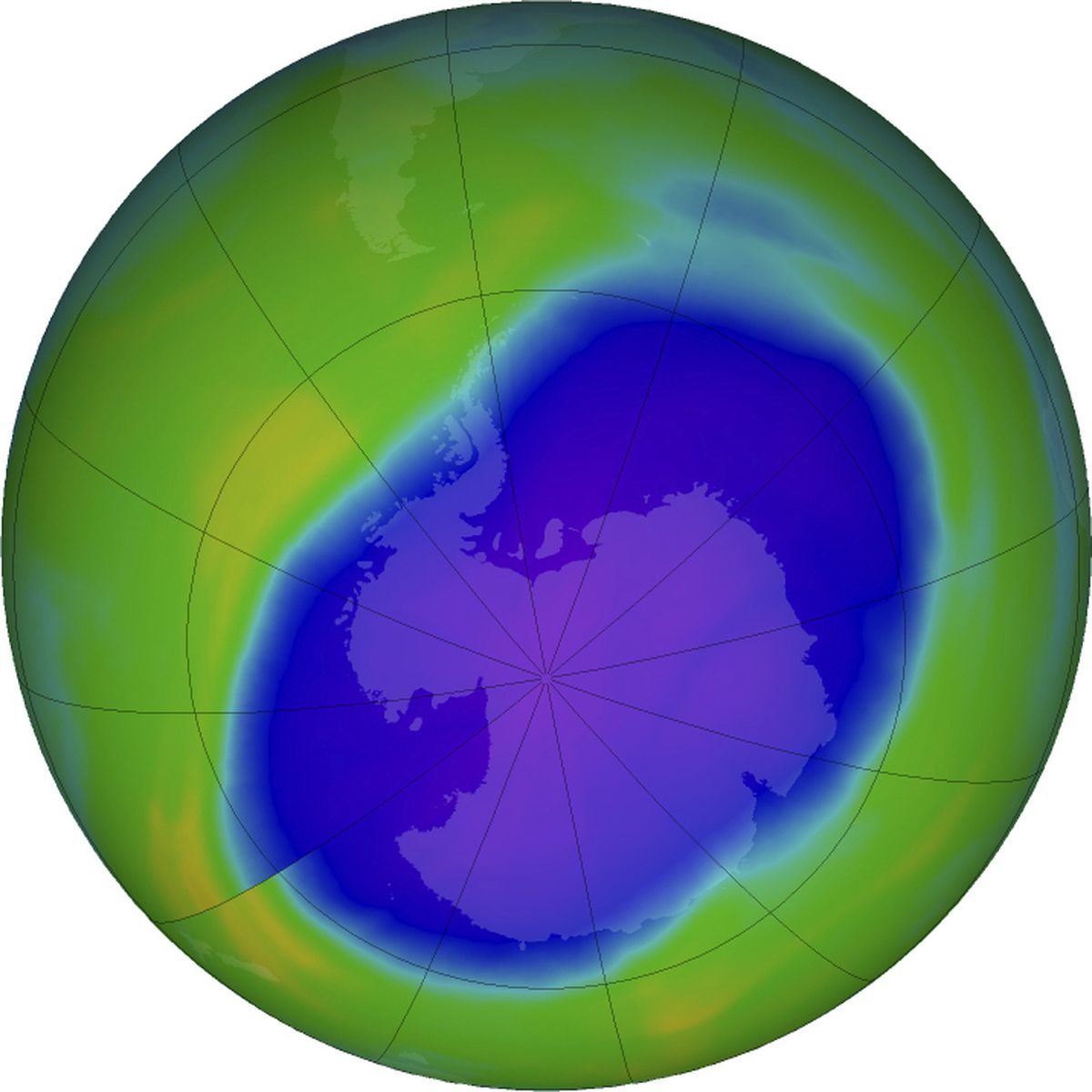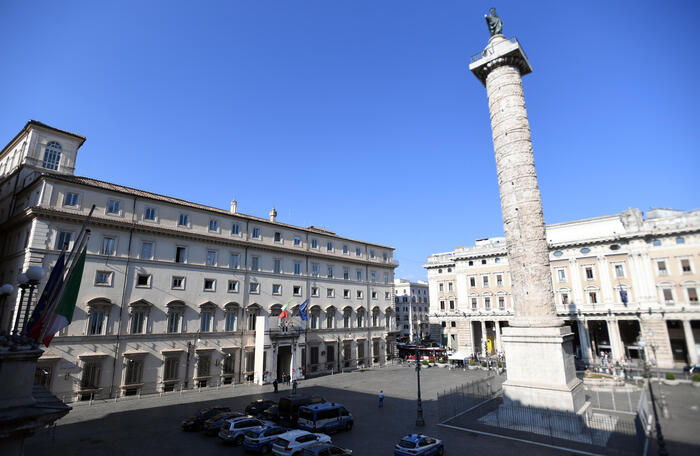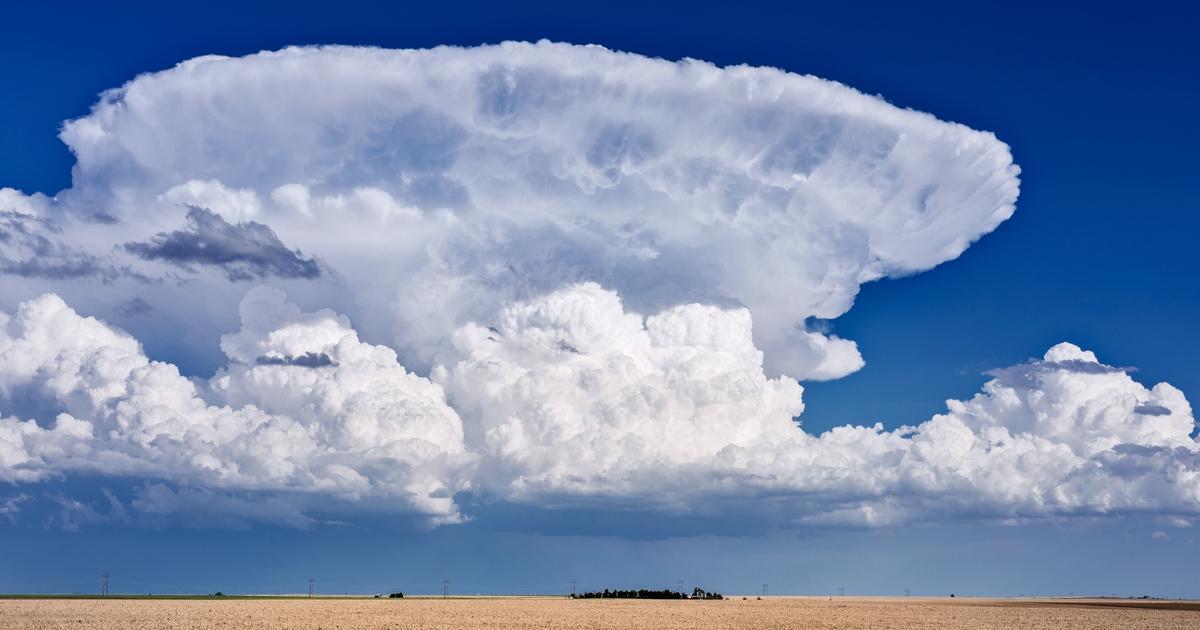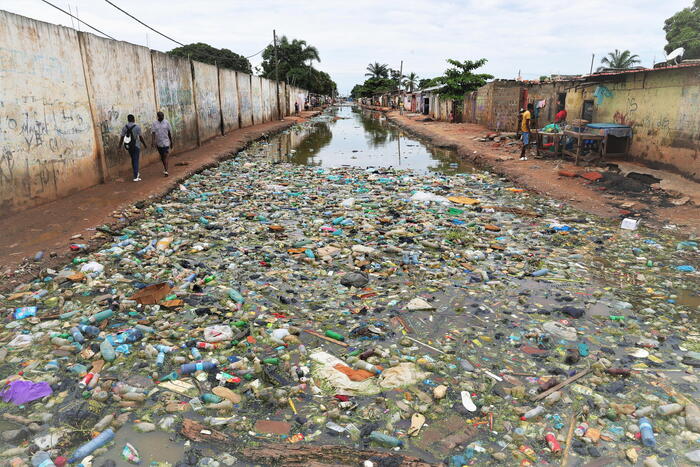In purple, the hole in the ozone layer according to a NASA image in October 2022.AP
Thirty-five years ago, the Montreal Protocol mandated the removal of 96 chemicals — used mostly in aerosols and refrigeration — that were causing a hole in the ozone layer, the area of the stratosphere that shields Earth from ultraviolet rays.
Each year the results of this international agreement are found to be more positive: according to a new analysis by a United Nations-backed group of experts made public on Monday, the ozone layer is on track to fully recover in 40 years.
In addition, phasing out global depleting chemicals is already contributing to climate change mitigation: it can help prevent the planet from warming up to 0.5 degrees more by the end of this century.
The latest assessment report from the Montreal Protocol Scientific Assessment Panel on these harmful products confirms that the phasing out of 99% of banned substances that deplete the ozone layer has succeeded in protecting the ozone layer, and has contributed to its remarkable recovery in the upper stratosphere and to decrease people's exposure to harmful ultraviolet radiation from the sun.
The ozone layer is critical to life, filtering dangerous ultraviolet radiation from reaching the Earth's surface.
Ozone is created in the upper atmosphere by the interaction between oxygen molecules and ultraviolet radiation from the Sun. In the lower atmosphere, it is formed by chemical reactions between pollutants, such as vehicle exhaust, and other emissions.
In the 1980s, a huge hole in the ozone layer was discovered high in the atmosphere over the South Pole, caused by damage from chlorofluorocarbons (CFCs), gases used for refrigerators, and foam insulation.
This discovery led to the Montreal Protocol, an international agreement to stop CFC production.
In the document - presented this Monday during the 103rd annual meeting of the Meteorological Society of the United States - it is explained that, if current policies are maintained, the ozone layer is expected to recover the values of 1980 around the year 2040 throughout the world. world, although we will have to wait until 2045 for it to fully recover in the Arctic, and until 2066 for it to do so in Antarctica, the point where this area of the stratosphere is worst.
Variations in the size of the Antarctic ozone hole, especially between 2019 and 2021, were mainly due to weather conditions.
However, the surface and depth have decreased since the year 2000.
“According to the latest quadrennial report, the ozone layer is recovering, which is fantastic news.
The extent to which the Montreal Protocol has contributed to climate change mitigation can never be emphasized enough.
In the last 35 years, the Protocol has become a true defender of the environment," Meg Seki, executive secretary of the Ozone Secretariat of the United Nations Environment Program (UNEP) explained in a statement on Monday. .
The tenth report of the Scientific Assessment Panel confirms the positive impact that treaty has already had on the climate.
The Kigali Amendment to the Montreal Protocol, an additional agreement reached in 2016, requires the phasing out of the production and use of some hydrofluorocarbons (HFCs).
HFCs do not directly deplete ozone, but they are potent greenhouse gases.
According to the Scientific Assessment Panel, this amendment should contribute to avoiding 0.3 to 0.5 degrees of global warming by 2100 (the contribution from HFC-23 emissions is not included).
“A precedent for climate action”
“The measures taken in relation to ozone set a precedent for climate action.
The success of phasing out ozone-depleting chemicals shows us what can and must be done - as a matter of urgency - to move away from fossil fuels, reduce greenhouse gas emissions and, for therefore, the increase in temperatures”, said the Secretary General of the World Meteorological Organization (WMO), Petteri Taalas.
The latest assessment of the ozone layer is based on extensive studies, research and data compiled by a large international group of experts, many from WMO, UNEP, the National Office for Oceanic and Atmospheric Administration (NOAA), the Administration National Agency for Aeronautics and Space (NASA) and the European Commission.
For the first time, the Scientific Assessment Panel has examined the potential effects on ozone of stratospheric aerosol injection (SAI).
SAI has been proposed as a possible method to reduce global warming by increasing reflection of sunlight.
However, the group warns of the unintended consequences of SAI, which "could also affect temperatures, circulation, and rates of ozone production and destruction in the stratosphere, as well as transport."
You can follow CLIMATE AND ENVIRONMENT on
and
, or sign up here to receive
our weekly newsletter














